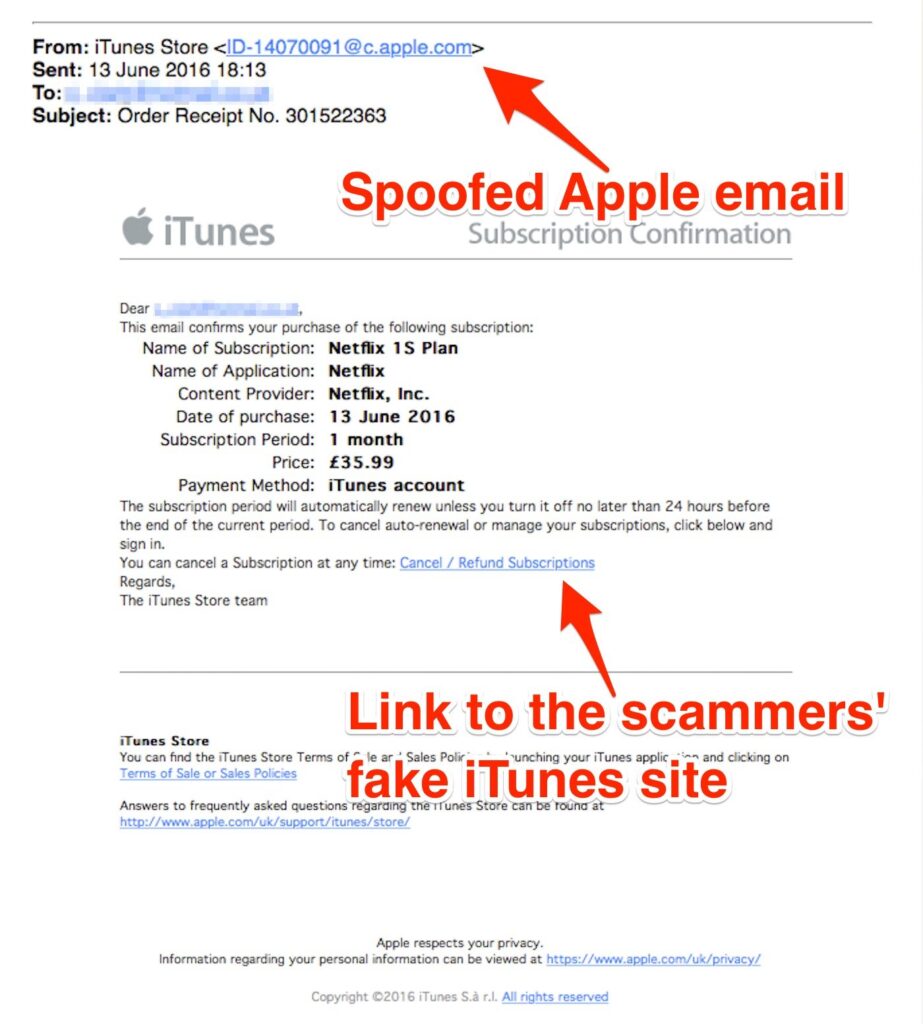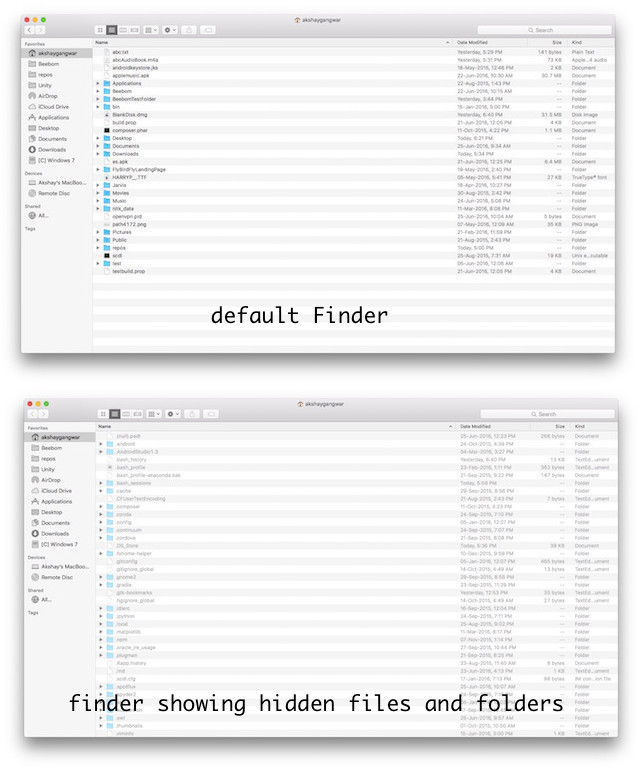
If the capability to halt app tracking in iOS 14 resembled an onslaught on the ad industry, particularly targeting apps like Google and Facebook, the introduction of the App Privacy Report in iOS 15 further intensifies the scrutiny on tracking. This latest privacy-centric feature empowers users to monitor an app’s activity comprehensively, revealing its frequency of sensitive permissions usage and recent data access. Here’s a guide on comprehending the App Privacy Report in iOS 15 and leveraging it effectively on your iPhone and iPad.
Utilizing App Privacy Report on iPhone (2021)
Let’s dive into the basics and understand App Privacy Report in iOS 15. We explore its functionality, including enabling, usage, and permission management.
Understanding App Privacy Report in iOS 15
Apple unveiled App Privacy Report as a significant addition to its privacy features in iOS 15 during WWDC 2021. Initially absent from the official release in September, Apple has now introduced App Privacy Report in iOS 15.2 beta.
- Contacts
- Camera
- Location
- Photos
- Camera
- Microphone
A detailed report on data and sensor access, app and website network activity, and the most contacted domains in the last 7 days keeps you fully informed about your personal info usage.
Previously, you could control app access to sensitive information, but you couldn’t track how often your data was accessed. Some apps exploited this ambiguity to use permitted information excessively.
With App Privacy Report, you can see how often each app uses sensitive permissions you had granted. The rollout of this feature might encourage data-hungry apps to behave better since they know users can easily spot their greediness. Check out how to enable App Privacy Report in iOS 15 on your iPhone.
How to Turn on App Privacy Report on iPhone and iPad
Ensure your iPhone or iPad runs iOS 15.2/iPadOS 15.2 or later to access this privacy feature. Learn how to install iOS 15 beta profile on your iPhone using the linked guide. Once done, follow these steps:
1. Launch the Settings app on your iPhone.
2. Select Privacy.
3. Scroll down to the bottom and tap App Privacy Report.
4. Tap the “Turn on App Privacy Report” button. It will take some time to start populating data as you continue using apps and websites on your iOS 15 device.
If you had turned on “Record App Activity” in iOS 15 or iOS 15.1, App Privacy Report is already enabled on your device. Hence, you will see a detailed privacy report on this screen right away.
Using App Privacy Report on iPhone and iPad
App Privacy Report is divided into multiple sub-categories to help users understand the type and amount of data collected. It displays how often an app accesses certain sensitive permissions and tracks third-party data sharing by both apps and websites visited in Safari. Let’s understand the App Privacy Report in iOS 15:
Data & Sensor Access
The Data & Sensor section displays apps that accessed sensors and data with privacy permissions, indicating when they access sensitive information like contacts, camera, location, microphone, photos, and media library.
App Network Activity

Check the list of domains contacted by apps in the past 7 days with App Network Activity. It reveals internal domains used and third-party services/websites, including analytics and tracking tools, accessed by the app.
To view the most active domains contacted by apps on your iPhone, tap the “Show All” option. You can also sort the list alphabetically. Additionally, each app displays the websites visited within it.
Website Network Activity
Website Network Activity, akin to App Network Activity, lists domains contacted by websites in Apple’s Safari browser and apps on your device. Here, you can identify ad trackers and analytics websites commonly utilized by apps for data collection.
Most Contacted Domains
As the name suggests, the Most Contacted Domains section displays a detailed list of domains that apps, especially ad trackers, analytics tools, font APIs, and more, contacted over the last 7 days. Tapping on any domain reveals which apps/websites have pinged that domain along with timestamps.
Sharing App Privacy Report on iPhone and iPad
iOS 15 offers a straightforward way to export the App Privacy Report. So, if you wish to share a detailed privacy report with friends or keep track of your privacy data, you can do so easily.
1. Open the Settings app and go to Privacy -> App Privacy Report.
2. Then, tap the Share button at the top right corner of the screen and choose the preferred medium.
Disabling App Privacy Report on iPhone and iPad
If you no longer wish to record privacy data and view the App Privacy Report on your iOS 15 device, you can easily disable it. Note that turning it off will remove all existing data. Here are the steps:
1. Open the Settings app and go to Privacy -> App Privacy Report.
2. Scroll down to the bottom and tap “Turn off App Privacy Report”.
3. A pop-up will appear asking, “Stop Recording app activity? Existing information on app activity will be immediately deleted. You can start recording app activity again anytime, and information will be populated as apps are used.” Tap OK to confirm and turn off the feature.
Manage Privacy on Per-App Basis on iPhone and iPad
Notice an app excessively accessing permissions? Manage privacy easily in iOS 15 on iPhone and iPad. Customize privacy settings per app to control personal data access.
1. Open Settings, go to Privacy.
2. View a list of privacy settings for photos, contacts, local network access, camera, microphone, location.
3. Enter settings, allow/disallow app access to data and sensors as needed.
Enable and Use App Privacy Report in iOS 15
That’s it. Learn to enable and use the App Privacy Report feature on iPhone. Users deserve transparency about personal information usage. Transparency builds trust, ambiguity creates chaos. Share your thoughts on this iOS 15 privacy feature in the comments.

Pritam Chopra is a seasoned IT professional and a passionate blogger hailing from the dynamic realm of technology. With an insatiable curiosity for all things tech-related, Pritam has dedicated himself to exploring and unraveling the intricacies of the digital world.



